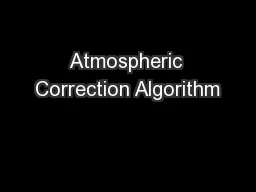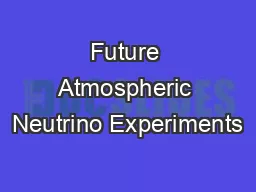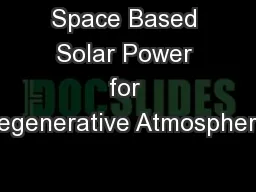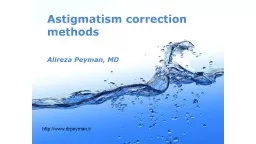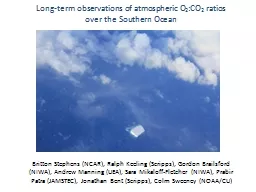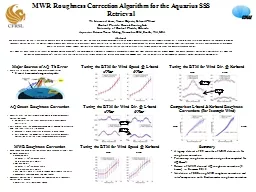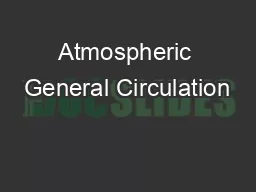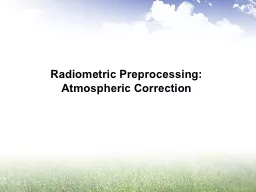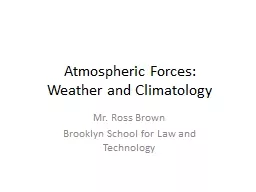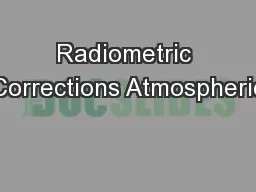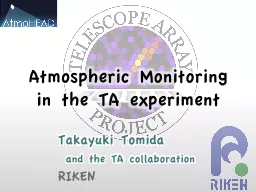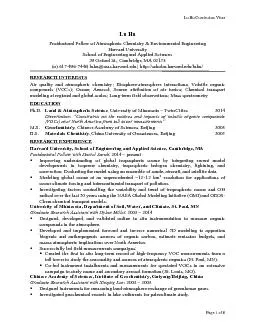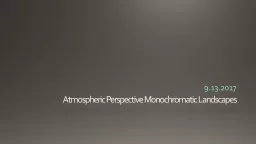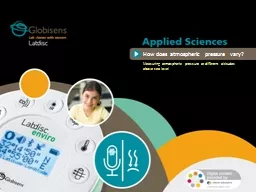PPT-Atmospheric Correction Algorithm
Author : karlyn-bohler | Published Date : 2017-04-28
for the GOCI Jae Hyun Ahn JooHyung Ryu Young Jae Park YuHwan Ahn Im Sang Oh Korea Ocean Research amp Development Institute Seoul National University I n d
Presentation Embed Code
Download Presentation
Download Presentation The PPT/PDF document "Atmospheric Correction Algorithm" is the property of its rightful owner. Permission is granted to download and print the materials on this website for personal, non-commercial use only, and to display it on your personal computer provided you do not modify the materials and that you retain all copyright notices contained in the materials. By downloading content from our website, you accept the terms of this agreement.
Atmospheric Correction Algorithm: Transcript
Download Rules Of Document
"Atmospheric Correction Algorithm"The content belongs to its owner. You may download and print it for personal use, without modification, and keep all copyright notices. By downloading, you agree to these terms.
Related Documents

